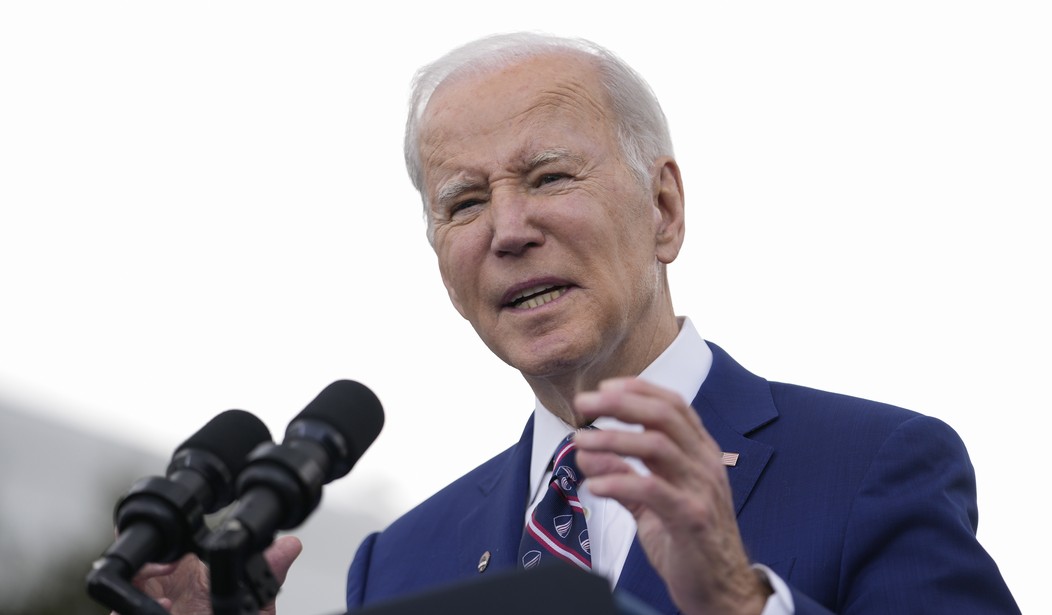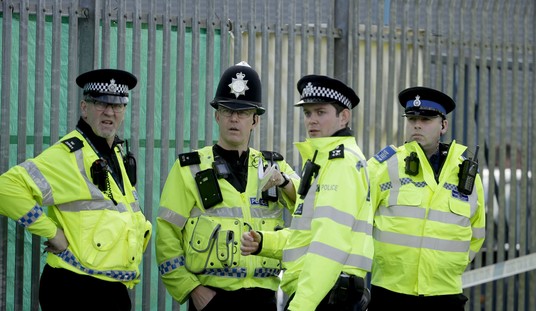In case you hadn’t noticed, President Joe Biden has been making a number of appearances lately at manufacturing plants. These trips included a microchip plant in North Carolina and a “green energy” plant in Minnesota. He’s been attempting to show voters how his policies are driving an economic comeback in the manufacturing sector, particularly for projects to save the climate or whatever. But as usual, the real story of American manufacturing is quite different than the one that the White House is trying to sell. As was reported in the Free Beacon on Monday, analysts are keeping a close eye on the Institute for Supply Management’s manufacturing index, known as PMI. It’s a key indicator of how strong manufacturing actually is in the United States. And this week, the index fell to the lowest level seen since the pandemic began.
U.S. manufacturing reached its lowest point since the start of the pandemic, according to a report released just as President Joe Biden embarked on a tour of U.S. factories to tout his promise to boost the industry.
On Monday, the Institute for Supply Management’s manufacturing index reached its lowest point, 46.3, since May 2020, Reuters reported. Excluding the pandemic recession, the index, known as PMI, was at its lowest point since 2009.
PMI is a tool for identifying economic trends in the manufacturing and service sectors based on business conditions at hundreds of major companies. A PMI below 50 indicates decline.
As noted, the PMI is a fairly straightforward measure of manufacturing health in the country. It’s set up on a scale of 1 to 100. A PMI higher than 50 indicates growth, while a measurement below 50 signals decline. This week the PMI hit 46.3. If you factor out the aberration of the government shutdowns in 2020, this is the lowest the PMI has been since 2009 at the tail end of the Great Recession.
For anyone who is actually paying attention, it’s going to be tough for Joe Biden to paint any lipstick on this pig. Some manufacturing plants are opening or expanding with the help of government subsidies, but the overall landscape is shrinking. Some of the biggest hits are being seen in the Big Tech sector, where more than 100,000 workers have been let go recently. The pattern has spread to other industries, however. Both Dow and 3M announced cuts last month. In the entertainment sector, Disney is cutting 7,000 workers loose. IBM is eliminating almost 4,000 positions.
There are other sectors that are still adding jobs at a sufficient rate to keep the employment rate fairly low. But that turns out to be a bit deceptive in this type of market. If, for example, you’re adding a significant number of workers in the food and beverage industry, that doesn’t really offset similar job losses in factories because the skills aren’t immediately transferrable and the pay rates are not equal.
Not all of this contraction in the manufacturing sector can be pinned directly on Joe Biden and his policies. (Though he’s clearly not helping.) Analysts studying these trends have been pointing out for a while now that most manufacturing companies have increased automation at a steady pace. More and more traditional assembly and production jobs have been eliminated. That doesn’t necessarily mean that the company is producing fewer goods. They just use fewer human beings to create them. (Yes… that means the robots are taking your jobs.)
These are all challenges that the White House must get a handle on. But thus far it’s not happening. We can’t become a nation where everyone is told to “learn to code.” We still need people to build things.








Join the conversation as a VIP Member